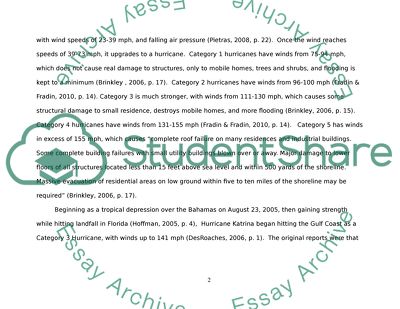Cite this document
(“Effects of Hurricane Katrina on the gulf coast Essay”, n.d.)
Retrieved from https://studentshare.org/environmental-studies/1407348-effects-of-hurricane-katrina-on-the-gulf-coast
Retrieved from https://studentshare.org/environmental-studies/1407348-effects-of-hurricane-katrina-on-the-gulf-coast
(Effects of Hurricane Katrina on the Gulf Coast Essay)
https://studentshare.org/environmental-studies/1407348-effects-of-hurricane-katrina-on-the-gulf-coast.
https://studentshare.org/environmental-studies/1407348-effects-of-hurricane-katrina-on-the-gulf-coast.
“Effects of Hurricane Katrina on the Gulf Coast Essay”, n.d. https://studentshare.org/environmental-studies/1407348-effects-of-hurricane-katrina-on-the-gulf-coast.


